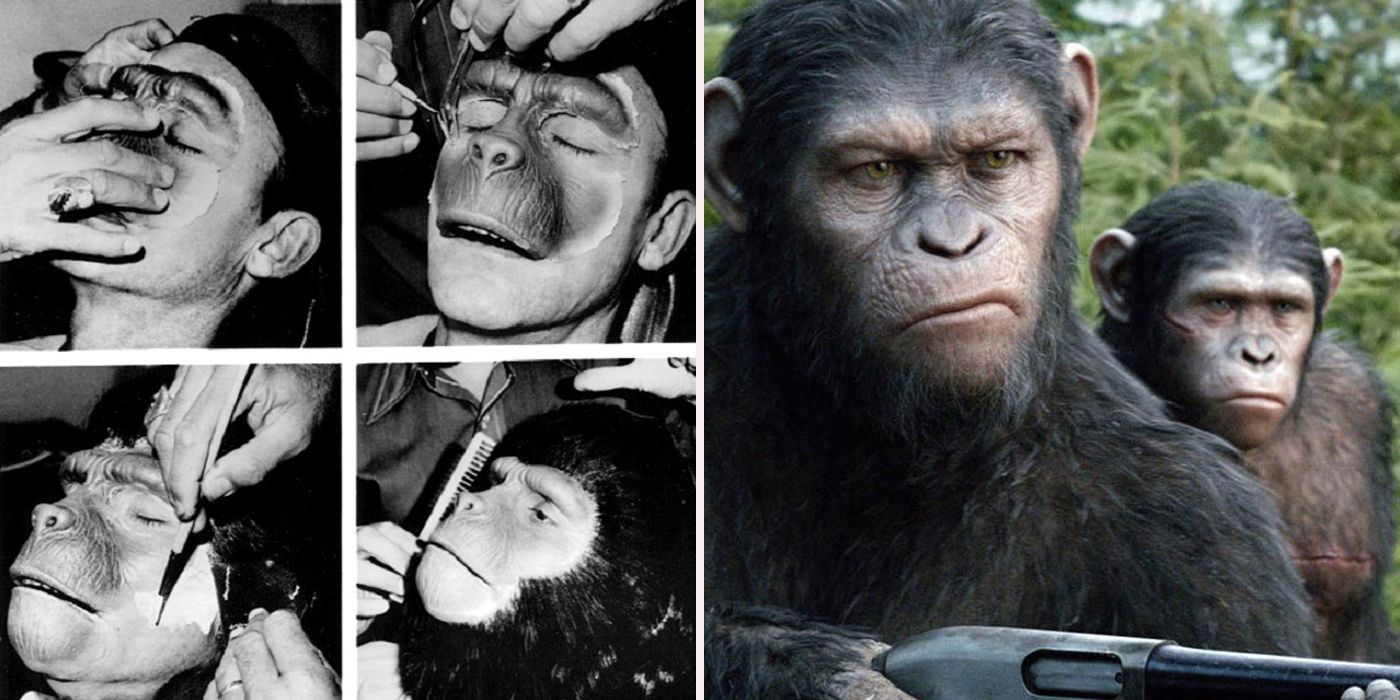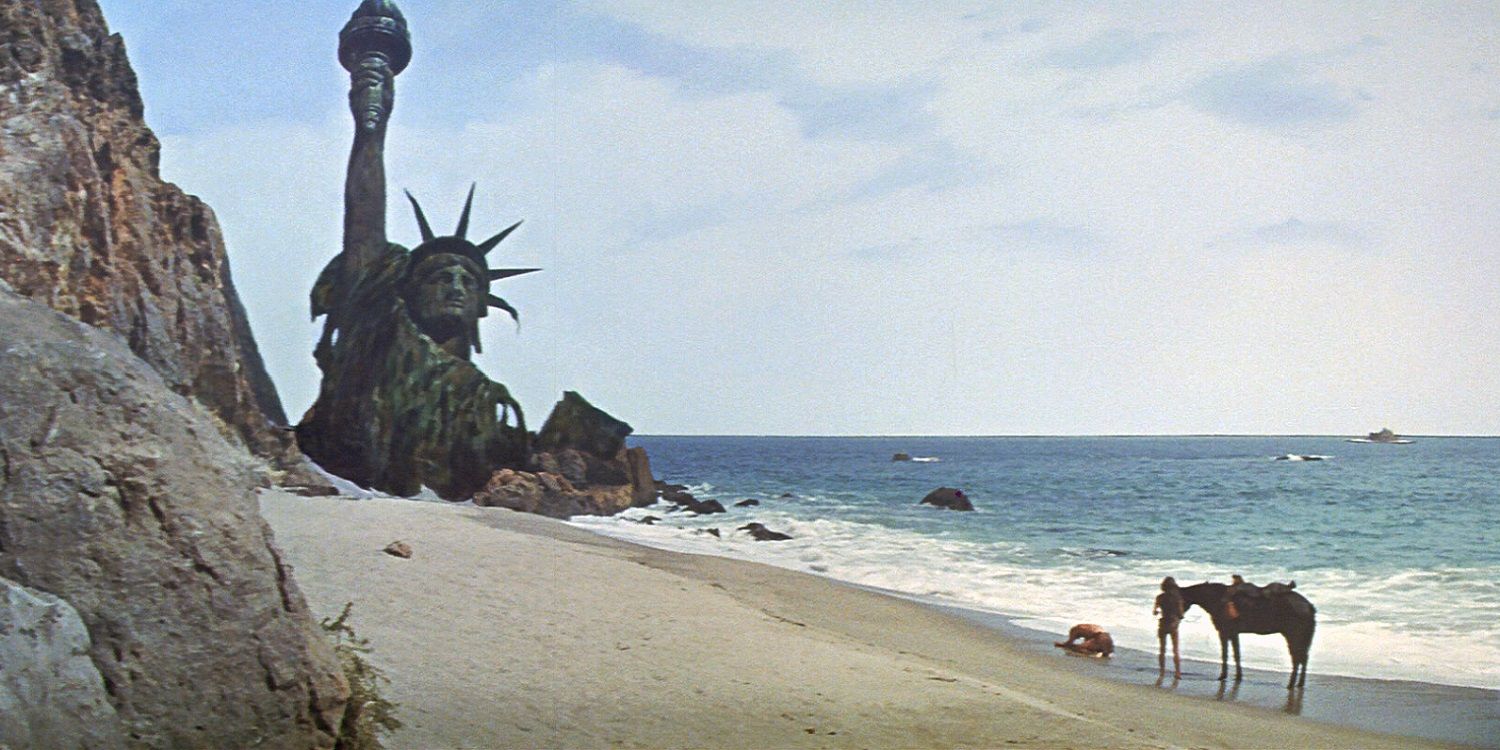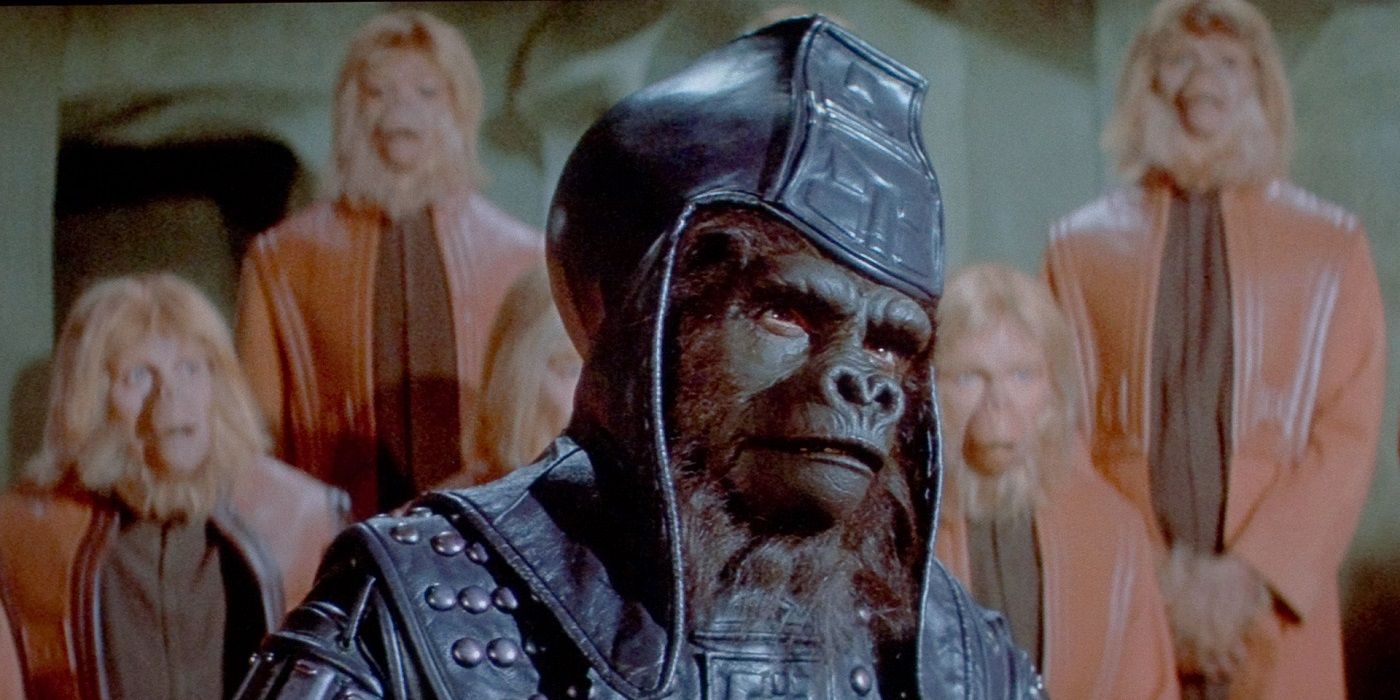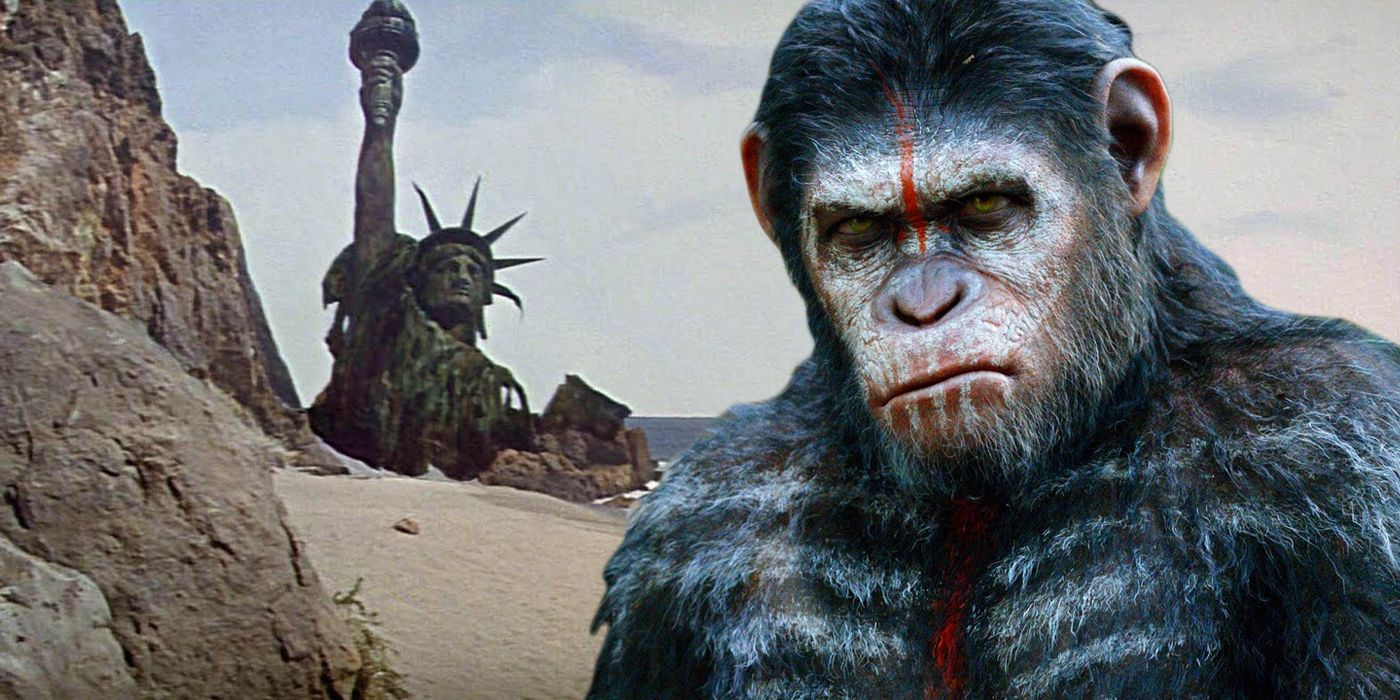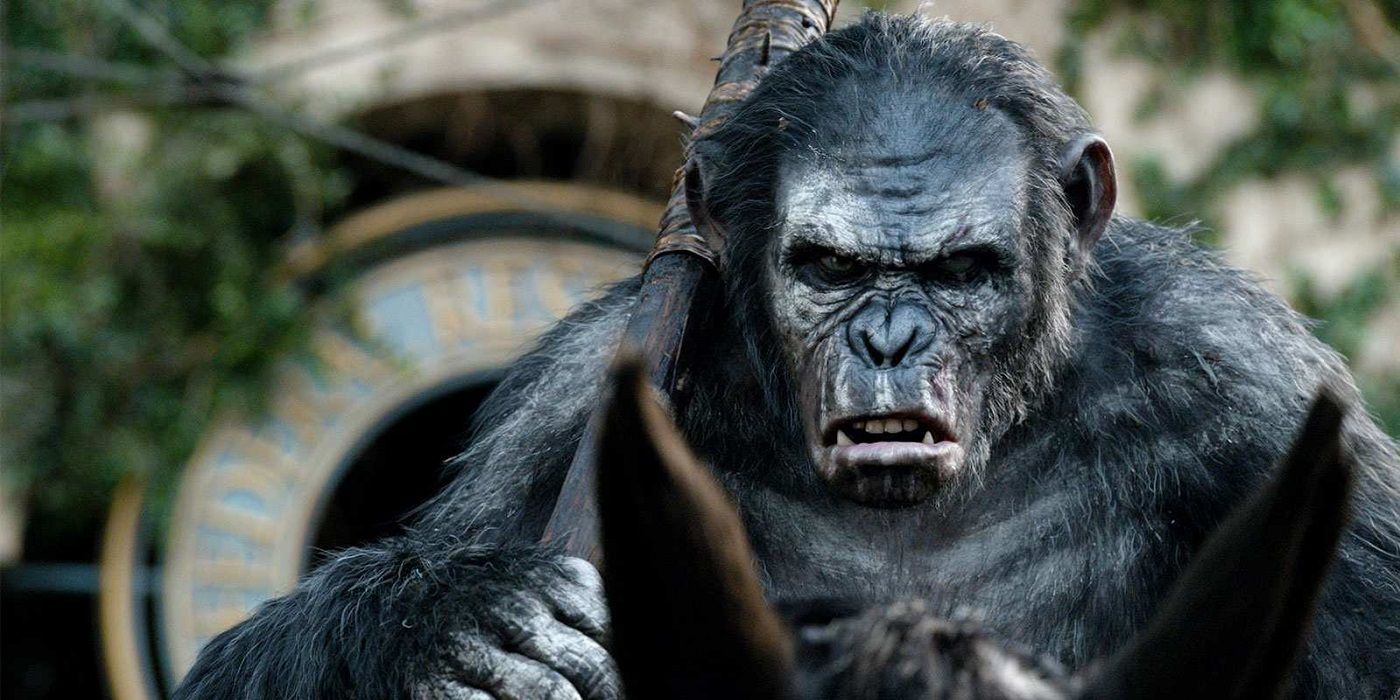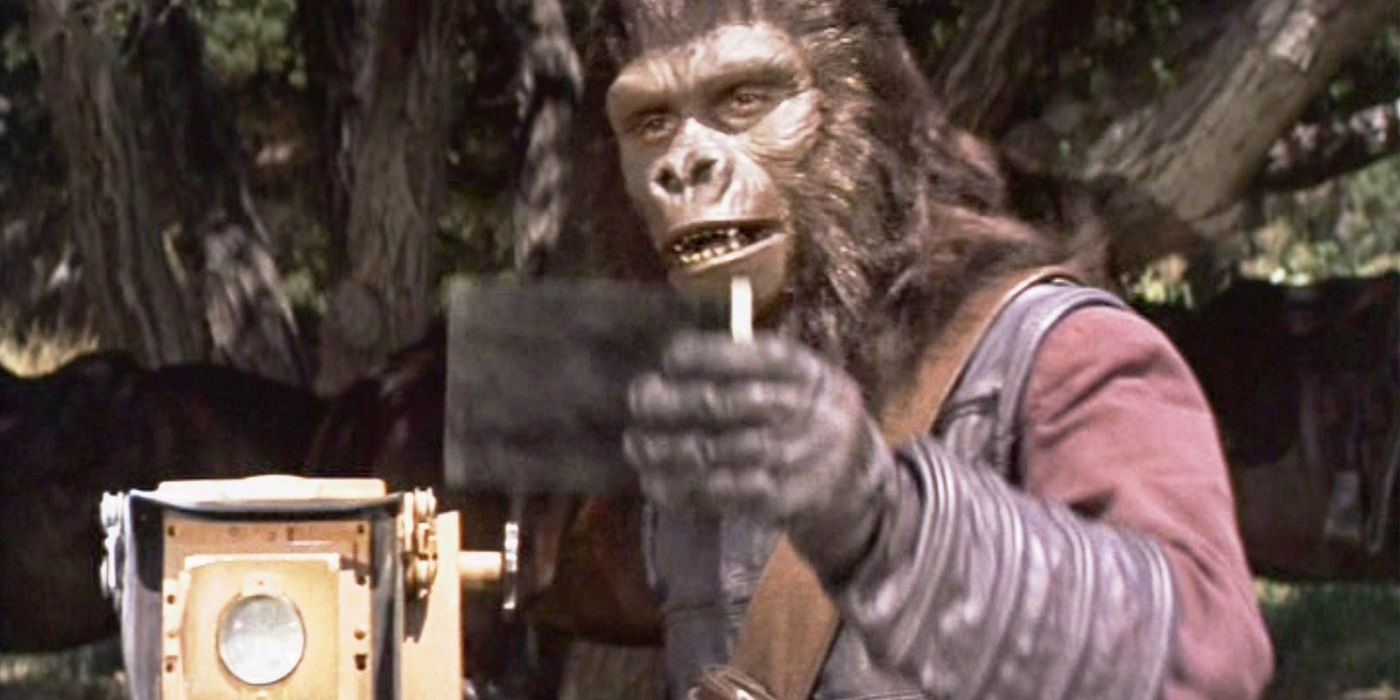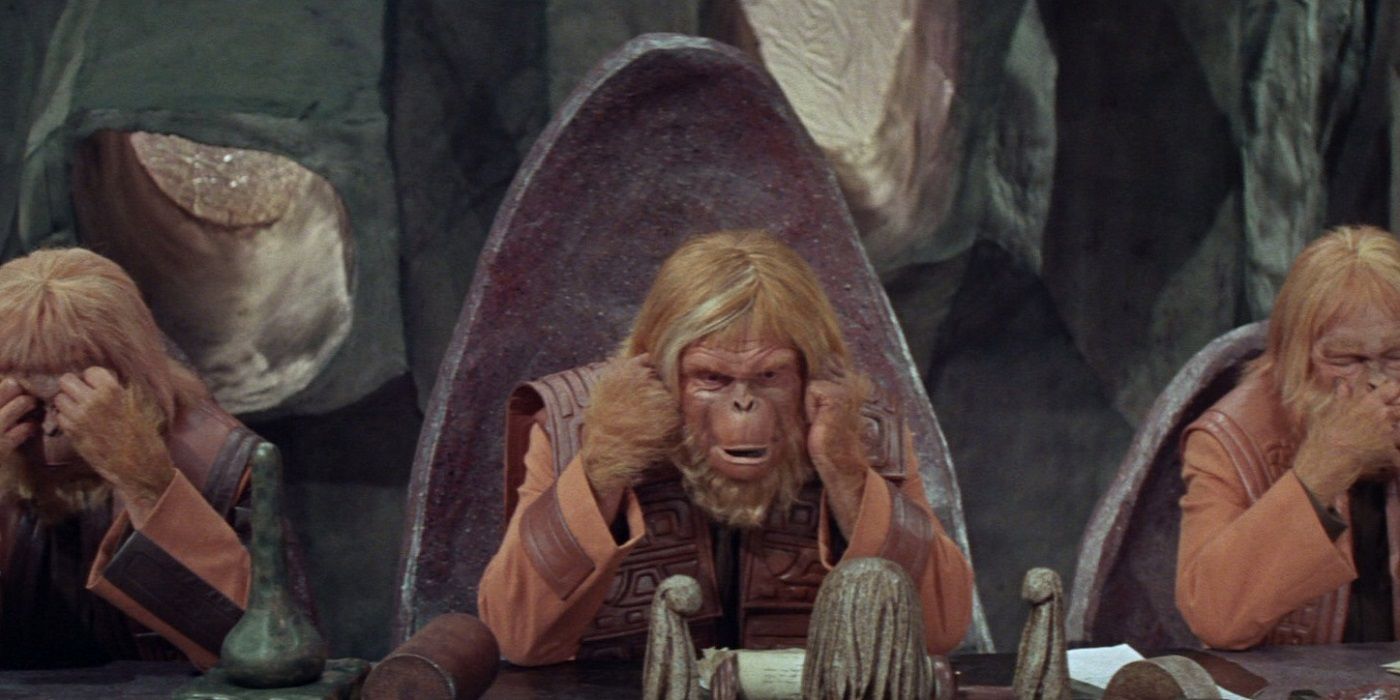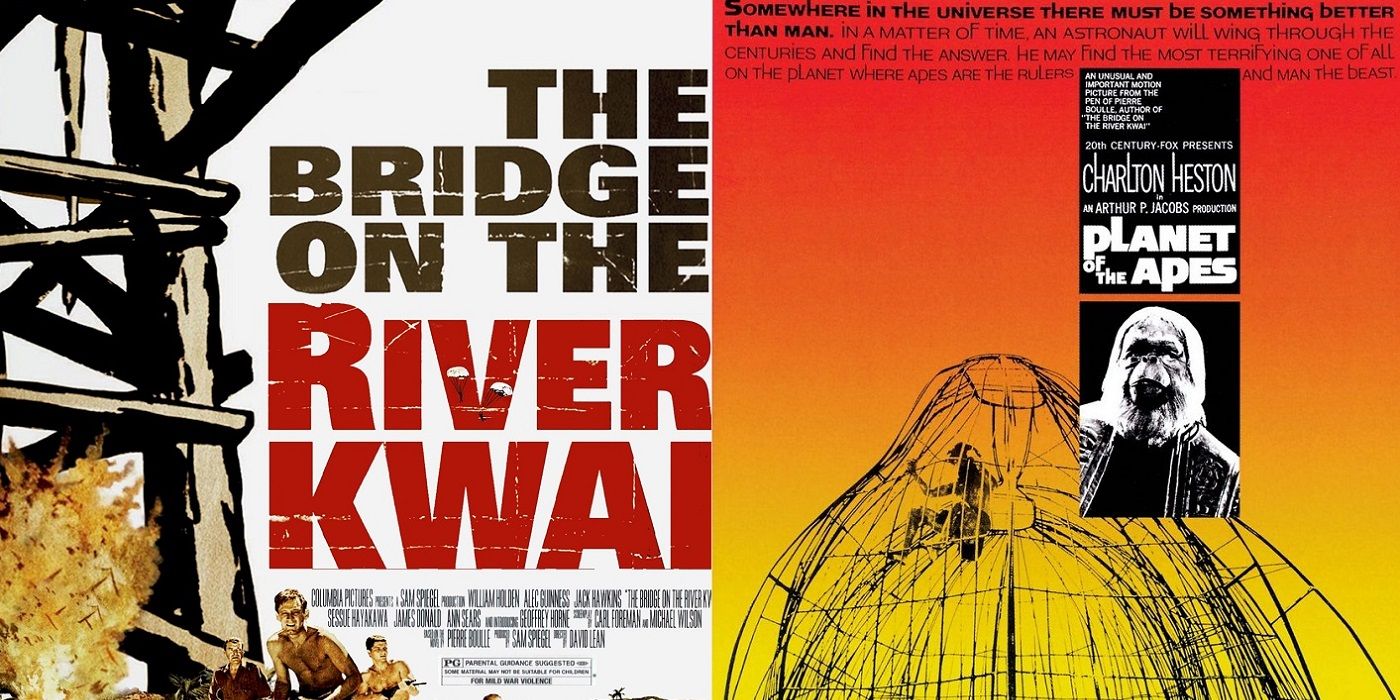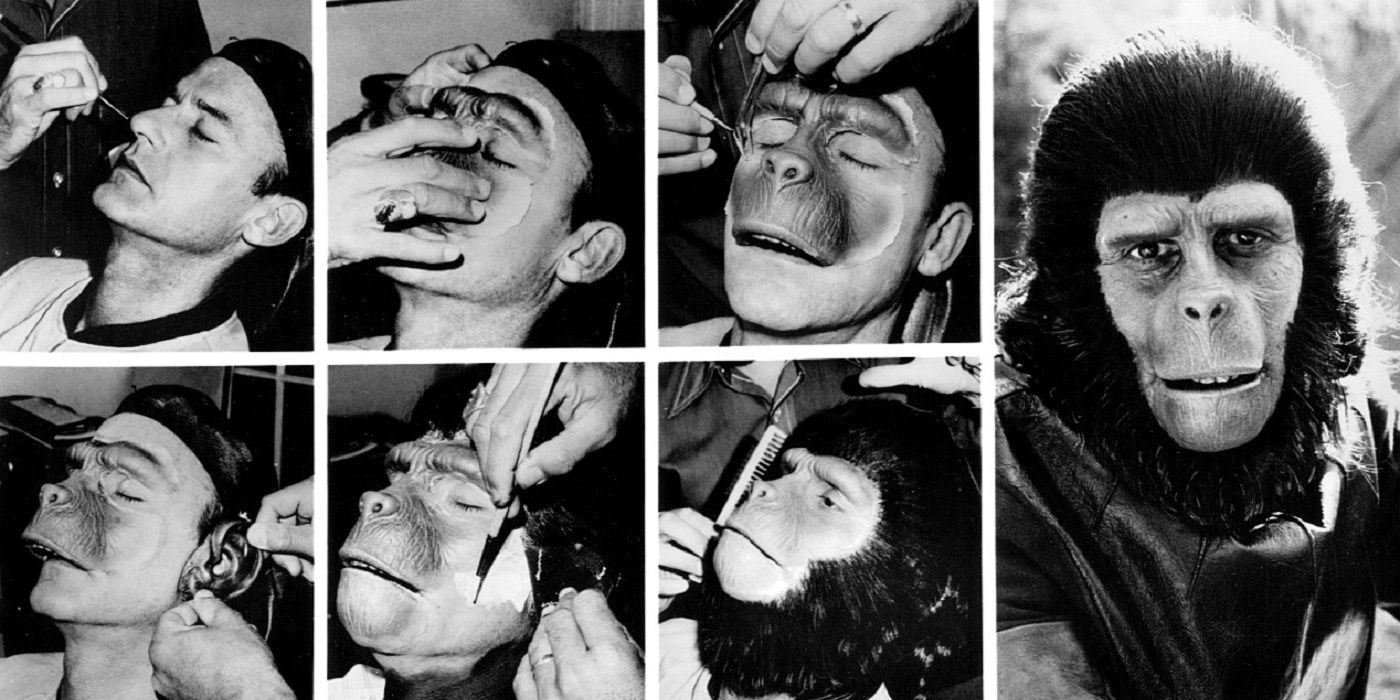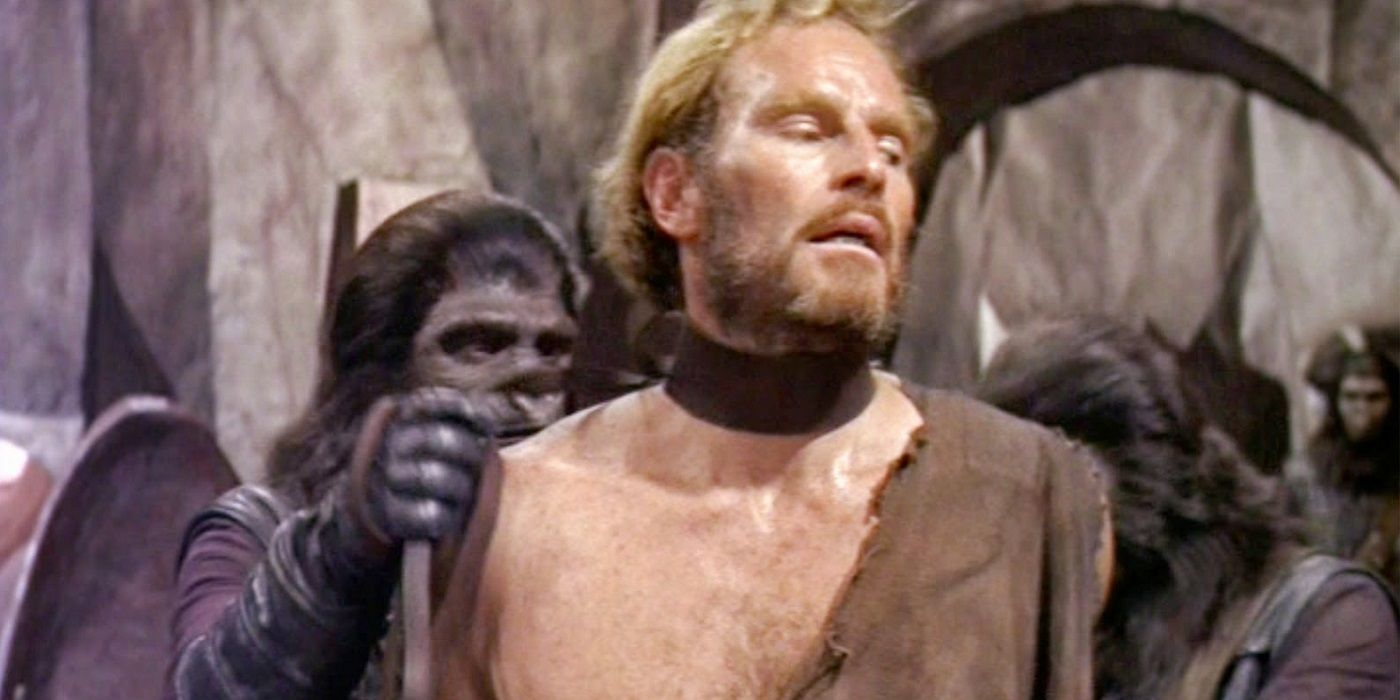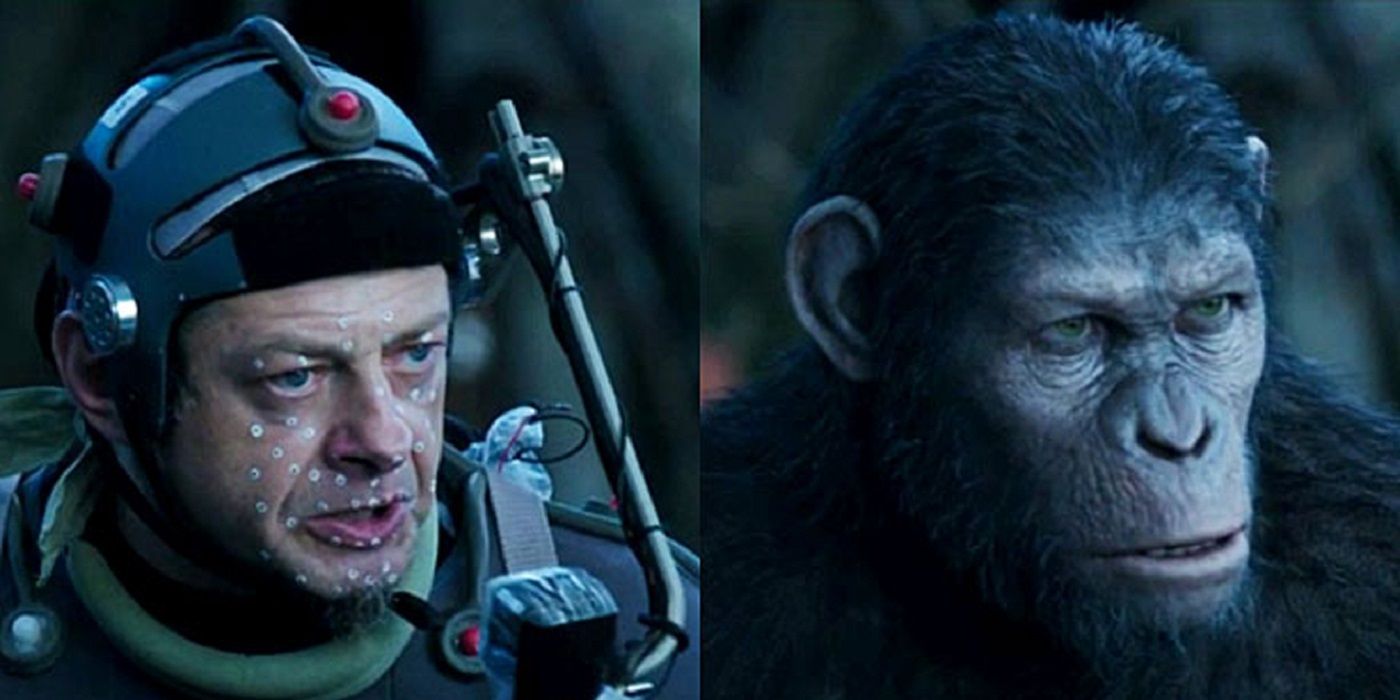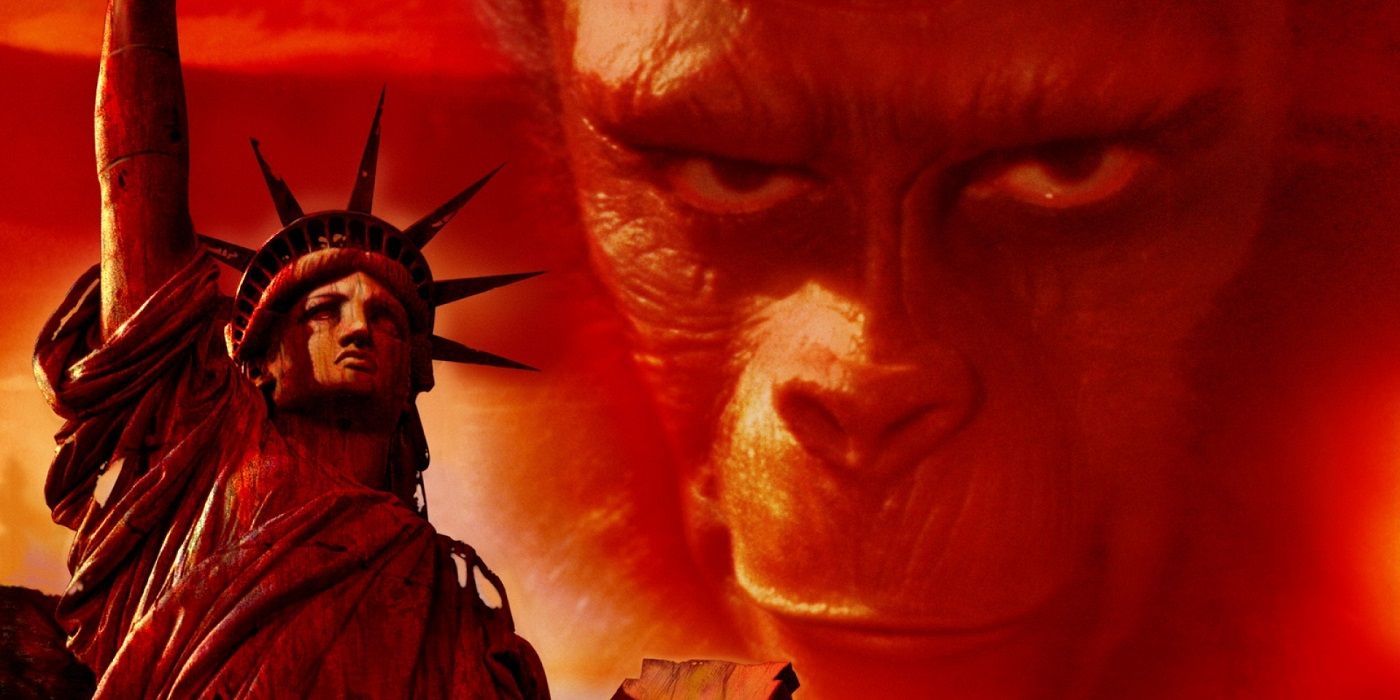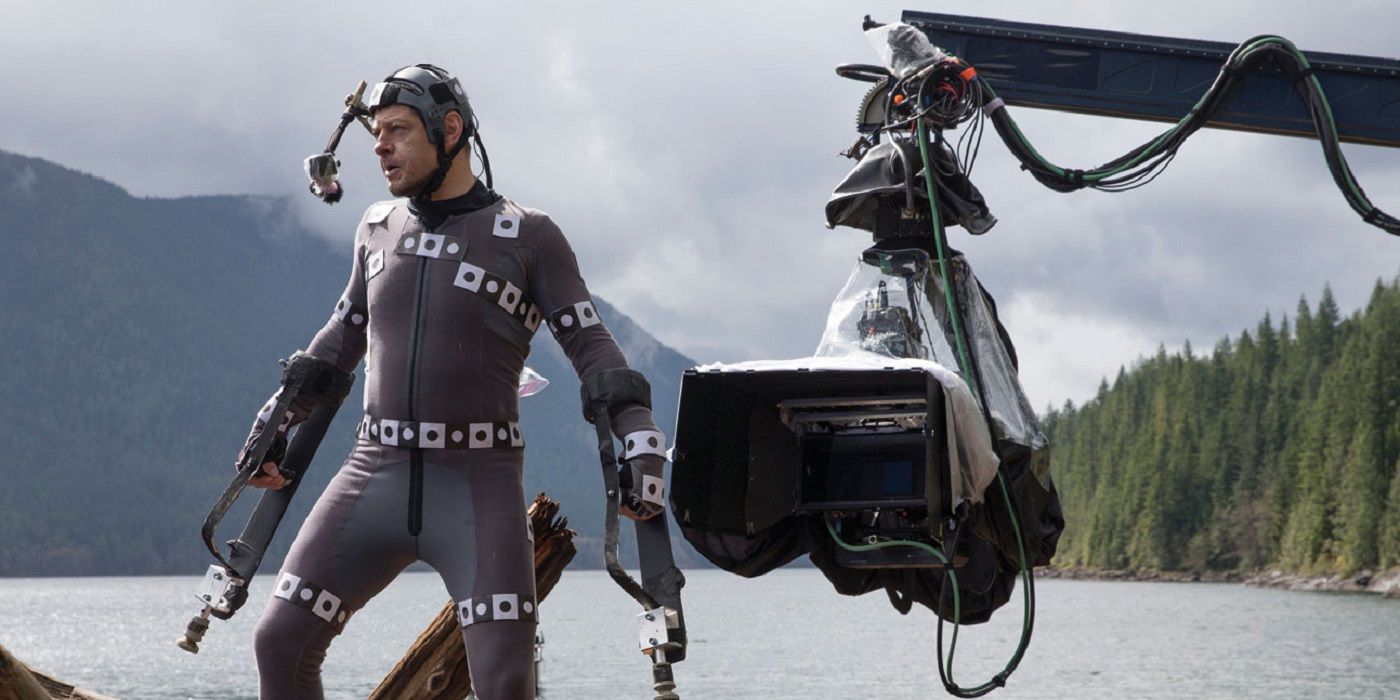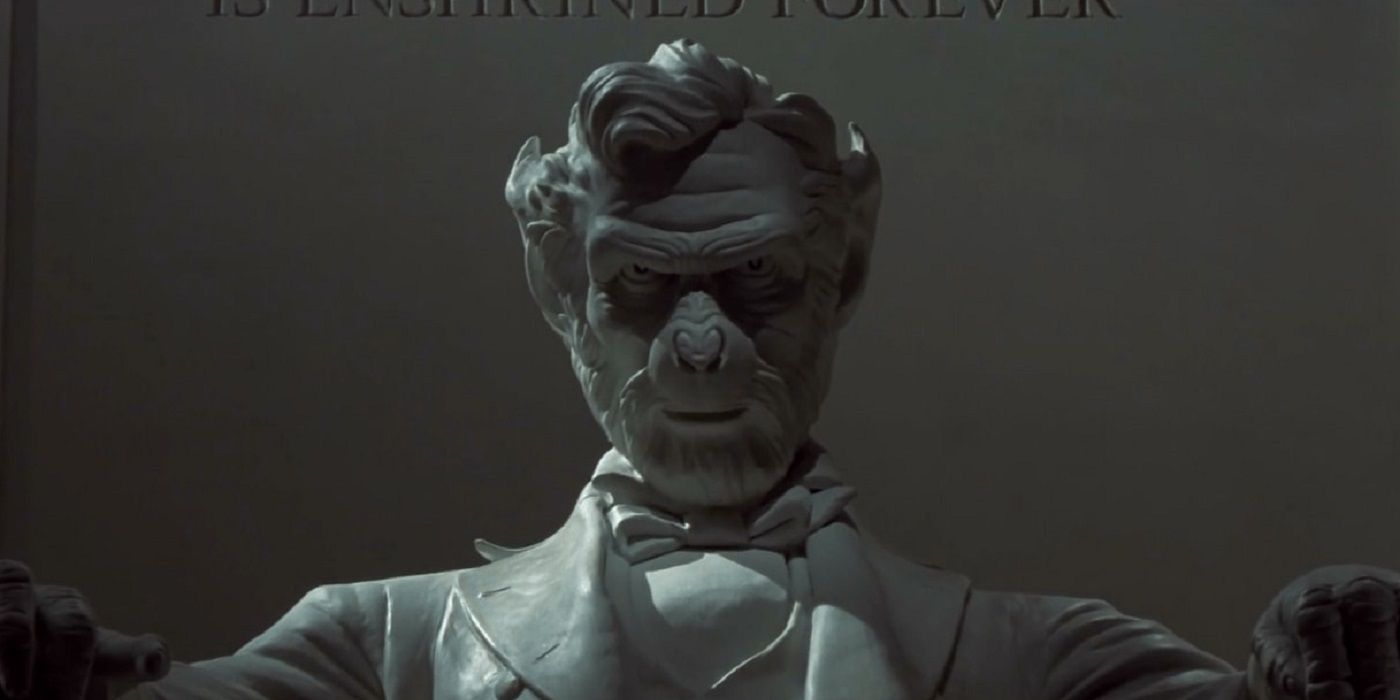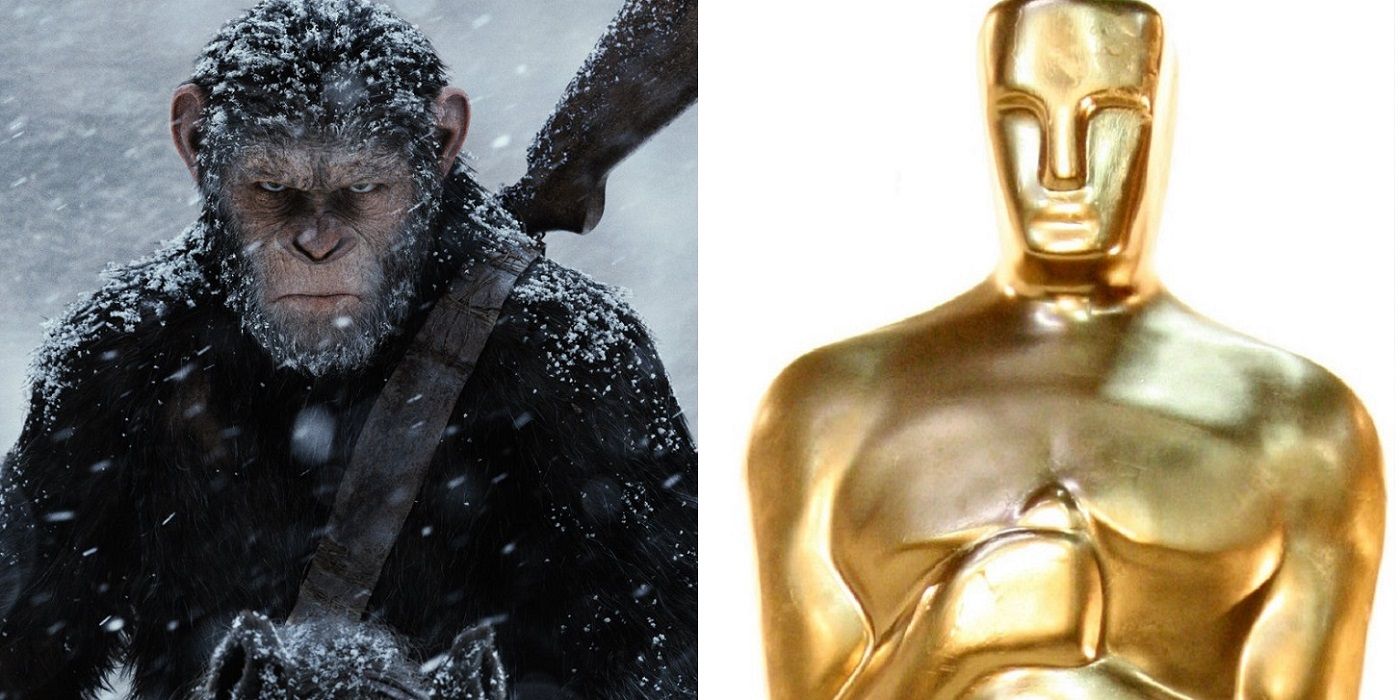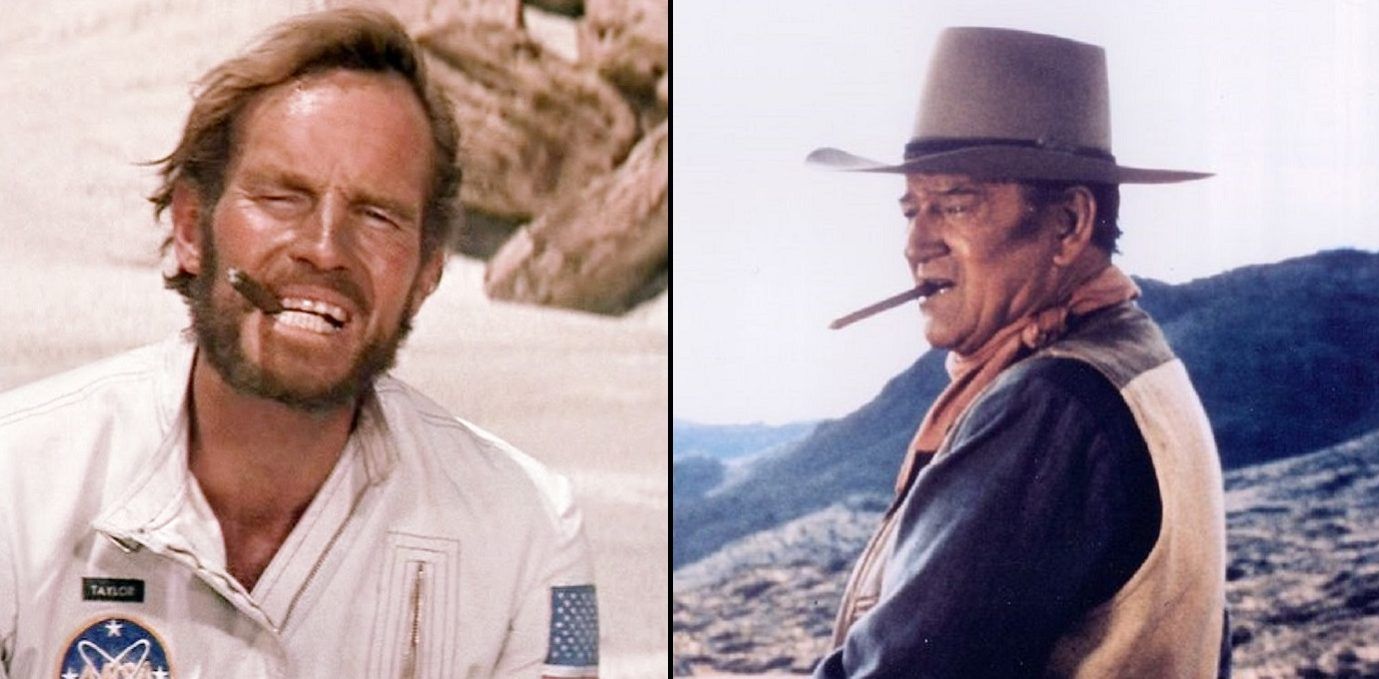In 1968, Planet of the Apes was launched into theaters and became an overnight sensation. While the movie's main appeal was that it starred Charlton Heston dressed like Tarzan fighting a race of talking simians, it has since become a cult sensation thanks to it's perfect blend of social commentary and smart sci-fi elements.
The movie, based on a novel by Pierre Boulle, proved so popular that it spawned four sequels, two television series, a remake in 2001, and a rebooted series that caps off with this month's highly anticipated War for Planet of the Apes.
With so many tie-ins and derivative works spanning over many decades, Planet of the Apes has become one of longest running franchises in Hollywood. However, even if you've seen everything from the 1968 original to director Matt Reeve's upcoming installment, there are some secrets and trivia that even the most dedicated Apes fans might not know about the franchise.
For this article, we're unearthing some of the most interesting tidbits of information about the Planet of the Apes franchise, and, with a legacy that spans nearly 50 years, there's all sorts of rich history to dive into.
From monkey makeup to motion capture technology, here are the 15 Things You Didn't Know About the Planet of the Apes Series.
15. Top Secret Ending
Nowadays, it's almost impossible to keep plot details about anticipated films a secret. Movie franchises like Star Wars or The Avengers have made an art form out of keeping spoilers undisclosed, and, while they've certainly done a commendable job, they really have the Planet of the Apes franchise to thank for paving the way.
The ending of the original Planet of the Apes was kept top secret, so much so that the last three pages of the script were phony so that the now-famous twist wouldn’t leak.
When audiences stepped into the theaters in 1968, they had their minds blown when Taylor finally came across the remains of the Statue of Liberty and discovered he was on Earth all along. Keeping the ending secret proved to pay off, paving the way for spoilers and secrets in movies today.
14. Ape Race Relations
Though the original Planet of the Apes is certainly an entertaining sci-fi flick, the movie often doesn't get taken as seriously as it should be.
On paper, it is about a man running around a city of talking apes, but the subtext of the 1968 film also served as a poignant allegory to the civil rights movement of the 1960s. This was a time when America was met with social movements and strategies that sought to end discrimination and secure equal rights for African Americans.
Oddly enough, for a movie about equal rights and desegregation, the cast and crew on the movie did the exact opposite. During breaks in filming, actors made up as different ape species naturally tended to hang out together: gorillas with gorillas, chimps with chimps, and orangutans with orangutans.
Ironic, considering the fact that the movie was a metaphor about race relations and the civil rights movements at the time. Perhaps it just goes to show that change can take longer than we anticipate.
13. Homages to the Original
Every year, audiences are bombarded with various reboots and remakes that make the fatal mistake of going overboard with references and Easter eggs. Thankfully, the rebooted Planet of the Apes franchise tastefully delivers homages to the 1968 original without overdoing it.
The jigsaw puzzle that Caesar is putting together in Rise is a depiction of Taylor and Nova riding on horseback before the Statue of Liberty reveal in the original. Later on, he is also seen putting together the crown from the Statue of Liberty, an obvious wink to the famous twist ending.
Caesar’s mother is named Bright Eyes after Taylor’s character, and Maurice the orangutan is named after actor Maurice Evans who played Dr. Zaius.
The upcoming War for the Planet of the Apes seems to carry on this trend of subtle homages, with the child Nova named after Linda Harrison’s character in the 1968 original.
12. Koba's Species is Actually Friendly
Every great leader needs a great villain who will oppose them, and in the rebooted Planet of the Apes series, that villain is the vicious Koba. Obsessed with violence and exacting revenge on the human race, Koba challenges Caesar’s authority, shooting his once beloved commander before challenging him to a close combat fight in the climactic finale of Dawn.
However, it is ironic that this scarred monkey would be so volatile, considering the fact that he’s one of the more gentle species of apes. Koba is actually a bonobo, and, even though he’s the most evil ape in the new series, bonobos are the mellow and pacifists of the great ape species in reality.
Ironically, chimpanzees are thought of to be the most hostile, which is what level-headed leader Caesar is.
11. Differences From the Book
It goes without saying that most movies adapted from novels take some artistic liberty when it comes to the big screen interpretation. Often times, it’s for the good of the movie, removing certain elements for the sake of narrative flow or clarity. Most movies do this when it comes to transposing a written novel to the screen, and Planet of the Apes is no exception.
The novel, written by French author Pierre Boulle, never took place on Earth. Instead, the story ended with Taylor sending a distress signal out to space.
This signal is picked up by a different race of chimps, who shrug it off because they believe that humans are incapable of sending such signals. The apes in the book were more advanced as well, living in a futuristic society with cars, helicopters, and super-sized aircrafts.
With a rumored fourth addition in the new Apes franchise that takes place well into the future, we might just see an advanced Apes society yet.
10. Producers Lied About How Much Makeup Costed
Nowadays, it’s not uncommon for most blockbusters to disclose how big their budgets are, and they only seem to be getting larger in size. For example, the two upcoming Avengers movies, Avengers: Infinity War and the untitled Avengers 4, are rumored to have a combined budget upwards of $1 billion dollars.
While the original Planet of the Apes didn’t have the sky-high budgets of today’s superhero juggernauts, the production wasn’t exactly the cheapest endeavor, either. The makeup budget alone was reported to be as high as $1 million. However, unlike most blockbusters of today that modestly downplay their budgets, Planet of the Apes did the opposite by falsely reporting an increased budget.
The makeup for the original movie costed $500,000, but producers made everyone think that it costed a million because they thought it was good PR. With a tagline in 1968 that said a $1 million alone was spent on makeup alone, audiences couldn't have been more enticed.
9. Written by a Blacklisted Screenwriter
It is well known that Twilight Zone showrunner Rod Serling was responsible for the first draft of the Planet of the Apes script. However, producers were unsatisfied with Serling’s initial draft, and hired screenwriter Michael Wilson to do a rewrite, who was blacklisted by the Hollywood film industry during the era of McCarthyism for being a communist.
Wilson (It's a Wonderful Life, The Bridge on the River Kwai) was brought on to rewrite Rod Serling's script, which was thought too expensive to film.
The Bridge on the River Kwai was nominated and won the Academy Award for Best Adapted Screenplay, but, because Wilson and co-writer Carl Foreman were both uncredited, Pierre Boulle, the author of both River Kwai and Planet of the Apes novels, received the award.
It wasn’t until years later that Wilson and Foreman were both given credit for their scripts.
8. Actors Couldn't Get Out of the Makeup
While the new batch of Planet of the Apes movies are known for their jaw-dropping motion capture effects, the original series was made famous for its makeup, which turned the actors into walking, talking primates.
However, because it took so long to apply the makeup, all of the actors and extras on the original movie were required to wear the masks during breaks and in between shots, sometimes for as long as 16 hours. This made daily tasks rather difficult, as they needed to liquefy meals so that they could be drunk through straws by the crew.
Some actors chose to make the most of the long periods of time they were made to look like a monkey. For example, actor Roddy McDowall, a known prankster, kept his makeup on after work so he could scare other drivers on the freeway.
7. Heston Had the Flu While Filming
Known for his solemnity and captivating presence, Charlton Heston was one of the most sought after actors of the 1950s and '60s. He added a gravitas to whatever role he played, from Judah Ben-Hur in Ben-Hur, to Moses in The Ten Commandments. However, in Planet of the Apes, the actor’s subdued persona wasn’t just the result of his incredible acting chops.
Charlton Heston was horribly sick with the flu during the first film’s shoot. However, instead of waiting for him to recover, the producers decided to keep filming and incorporate his hoarse voice into his character.
According to Heston’s personal diary, he felt awful for most of filming, though he managed to endure and, fortunately, the movie went on to become a huge success.
6. Returning Actors for the Reboot
While some film franchises, such as Pirates of the Caribbean and The Fast and Furious, rely on the same group of actors to get audiences enticed, the rebooted Planet of the Apes franchise has taken an entirely different approach.
Although the rebooted series has had quite the pool of A-list actors, including James Franco, John Lithgow, Gary Oldman, and Jason Clarke, none of the human characters have had reoccurring roles in any of the movies.
In the new trilogy of films, Andy Serkis (Caesar), Terry Notary (Rocket), and Karin Konoval (Maurice) are the only actors who reprise their roles for all three movies, and all three roles are motion capture performances.
Although Serkis and Nortay have played apes in all three films, their monkey motion capture resumés don’t just have the Planet of the Apes franchise on it. Serkis and Nortay have coincidentally also starred as King Kong; Serkis in Peter Jackson’s 2005 remake, and Nortay in this year’s Kong: Skull Island.
5. The Twist Idea Came From a Deli
Along with The Empire Strikes Back, the original Planet of the Apes has one of the most famous twists in cinema history. Audiences in 1968 were left dumbfounded and open-mouthed when they found out the barren wasteland Taylor had been stranded on this whole time had been Earth.
How did the makers of the film come up with such a brilliant and poignant ending? Well, you might be surprised to learn it was thought up over cold cuts and pickles.
The idea for the twist came from producer Arthur Jacobs and Blake Edwards. Edwards, responsible for the Pink Panther films, was originally set to direct early on, but later dropped out. While Edwards was still attached to the project, the two were having lunch in a deli, and noticed a picture of the Statue of Liberty on the wall, which sparked the idea of the big reveal.
To think, if Jacobs and Edwards hadn’t decided to grab lunch that day, audiences would have been robbed of one of the best twists of all time.
4. Rise of Motion Capture
Motion capture technology has come a long way in cinema. Advancements in the technology now have the power to make computer generated characters come to life on the big screen, whether it’s the talking animals in the Jungle Book or the expansive world in James Cameron’s Avatar.
Responsible for such high-caliber motion capture performances like Gollum and King Kong, Andy Serkis is constantly pushing the bounds for what the technology can do, and this is never more evident than in his performances as Caesar in the Planet of the Apes franchise.
Because of Serkis and his team, 2011’s Rise of the Planet of the Apes was one of the first movies to use motion capture technology on location. It was a huge step forward in digital filmmaking. However, Andy Serkis told NME that the actors got so sweaty and smelly during the shoot that people wouldn’t approach them afterwards for days. Every great technological advancement comes with a price.
3. Tim Burton's Ending Doesn’t Have an Explanation
Director Tim Burton’s 2001 reboot of the 1968 Planet of the Apes wasn’t met with the best critical response. It was criticized for being boring, slow-witted, and, most of all, for it's infuriatingly confusing ending that has Mark Wahlberg return to Earth, only to find that all humans have now been replaced with simians.
After the movie's release, Burton claimed that the ending to his 2001 reimagining was intentionally meant to not make any sense. It was envisioned as a crazy cliffhanger that could be explained in a possible sequel. Since Tim Burton and the studio clashed over creative differences and scheduling during the shoot, Burton has since said that he would have rather jumped out a window than make a sequel to the 2001 Planet of the Apes.
It wasn’t a total loss, however, as director Rupert Wyatt was able to revitalize the franchise ten years later with the critically successful Rise of the Planet of the Apes.
2. Oscar Wins and Nominations
With a history that spans nearly 50 years, it should go without saying that the Planet of the Apes franchise has been a commercial and critical success with audiences and critics alike over the decades.
The original Planet of the Apes was the highest grossing film of 1968 with $32 million domestically on its production budget of just $5.8 million. It was nominated for two Oscars, Best Costume Design and Best Original Score. It lost both, but is one of the few films that took home an honorary award for John Chambers’ make-up achievement.
Both Rise and Dawn have been nominated for one Oscar, each for Best Visual Effects. War for the Planet of the Apes looks like it will have some of the best motion capture performances yet, and it wouldn’t be surprising if the film was nominated next year, hopefully taking home the Oscar this time.
1. John Wayne was Almost the Star
There are certain roles in movies that are hard to replace, and Charlton Heston as Col. George Taylor is one of those parts. Heston was able to fully realize Taylor's misfit cynicism while providing a gravitas and empathy that had audiences rooting for the character in the 1968 Planet of the Apes.
Though it may be impossible to envision anyone else but Heston fighting the apes, this almost wasn't the case. Before the biblical actor was signed on for the part, producers had a long list of actors they wanted for the lead, including the Duke himself, John Wayne. Ultimately, the producers passed on Wayne because they thought the actor identified too much with Westerns and wouldn't work in a sci-fi picture.
Even more mind-boggling was the fact that, besides Wayne, another actor that was considered a possibility for the role was The Godfather himself, Marlon Brando. Brando would have proven to be an interesting lead, as he might have decided to not fight with the apes, but simply make them an offer they couldn't refuse.
---
Can you think of any other interesting facts about the Planet of the Apes franchise? Let us know in the comment section!

